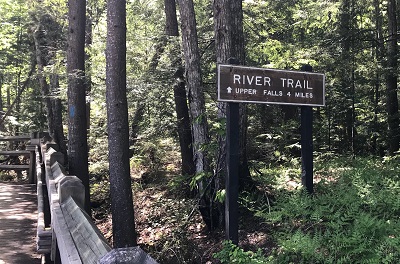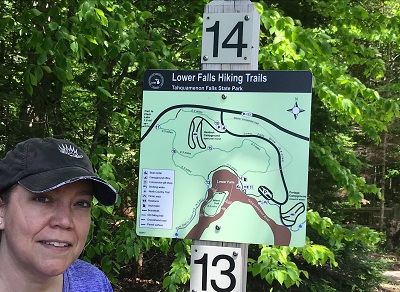 However, as many development teams have come to find, using the Waterfall methodology can feel like you are on a literal river and your boat is careening over the edge of a steep waterfall. What was beautiful, grand and powerful when looking at it from the shore can be terrifying when you are in the water.
However, as many development teams have come to find, using the Waterfall methodology can feel like you are on a literal river and your boat is careening over the edge of a steep waterfall. What was beautiful, grand and powerful when looking at it from the shore can be terrifying when you are in the water.
The beautiful project plan that had specific milestones, detailed scope, and a Gannt chart suddenly goes out the window when:
- the customer comes to you in the final weeks of the project and asks for significant changes
- your lead developer has unplanned surgery and is out for a month
- a feature you thought was really simple came back in the design phase and requires triple the time
It is in those moments that teams need a methodology that is more flexible than traditional Waterfall.
Agile Project Management
 When we are hiking, my husband and I like to map out our routes using National and State Park trail maps. While we are adventurous, we like to keep our adventures fun and avoid unpleasant experiences like poison ivy, difficult terrain and encounters with not so friendly wildlife.
When we are hiking, my husband and I like to map out our routes using National and State Park trail maps. While we are adventurous, we like to keep our adventures fun and avoid unpleasant experiences like poison ivy, difficult terrain and encounters with not so friendly wildlife.
When I think of Agile Project Management it reminds me of how I plan for a hiking trip.
- Planning (trail map) – Using Agile does not mean that planning goes out the window. Like a trail map that provides mile markers and various lengths of hikes; agile project management provides a high-level view and breaks down the planning into sprints or manageable pieces. The initial planning entails gathering key information on budget, features, stakeholders, and timeline so that a general plan can be established for resources and development. Then each sprint is planned to cover specific features, user stories, and tasks.
- Sprints & Sprint Velocity (pacing) – When hiking all day, hydration and pacing are critical in order to stay energized and finish at the desired location. Planning a development sprint is no different. If the team does not have useful user stories or tasks, proper equipment, answers from customers and a slew of other factors, it’s like being dehydrated on a hike and causes the energy and pace to lag. On the flip side, if hikers start out too quickly or push too far their energy can wane causing them not to reach their destination. Similarly, if a development team is overloaded with too many stories and tasks in a given sprint, overwork can also cause the team to make mistakes which can threaten the overall velocity of the sprint and future sprints.
- Retrospectives (rest) – Any good hike is usually followed by a period of rest. Maybe a stop at the beach, lunch in a field, or sitting by a campfire after a long day of hiking. Often these times lead to retrospection on fun stories from the day, decisions on what to change for the next day’s hike or just appreciation for the day. Sprint and project retrospectives are an important part of agile as it provides the team with a venue for reflection. The team can discuss what went well, what needs to change for future sprints or projects. It can also be a time to celebrate accomplishments, which is important to maintain engagement and excitement.
Like a hike with a good trail map, the Agile Project Methodology can provide a great adventure while removing or limiting difficult terrain.
Have you experienced a development project with talented developers that lacked effective project management? Would you like your next project to be more predictable so you can have confidence that you will reach your destination in good health and spirits? Schedule a call with Brilliance today, and we would be happy to talk with you about how we can manage your development project for the best possible results.



